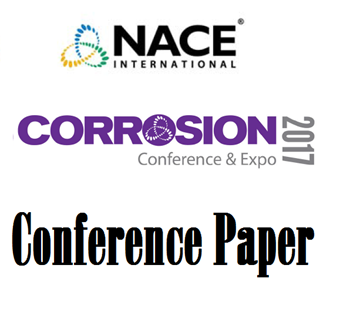Search
51316-7715-Dead Leg Internal Corrosion Management
Also Purchased
Proactive Corrosion Management for Dead-legs
Product Number:
51319-13290-SG
Publication Date:
2019
$20.00
The Importance of Deposit Characterization in Mitigating UDC and MIC in Dead Legs
Product Number:
51317--9128-SG
ISBN:
9128 2017 CP
Publication Date:
2017
$20.00
51314-3834-Pipeline Integrity Management Through Internal Corrosion Monitoring
Product Number:
51314-3834-SG
ISBN:
3834 2014 CP
Publication Date:
2014
$0.00
Recently viewed




